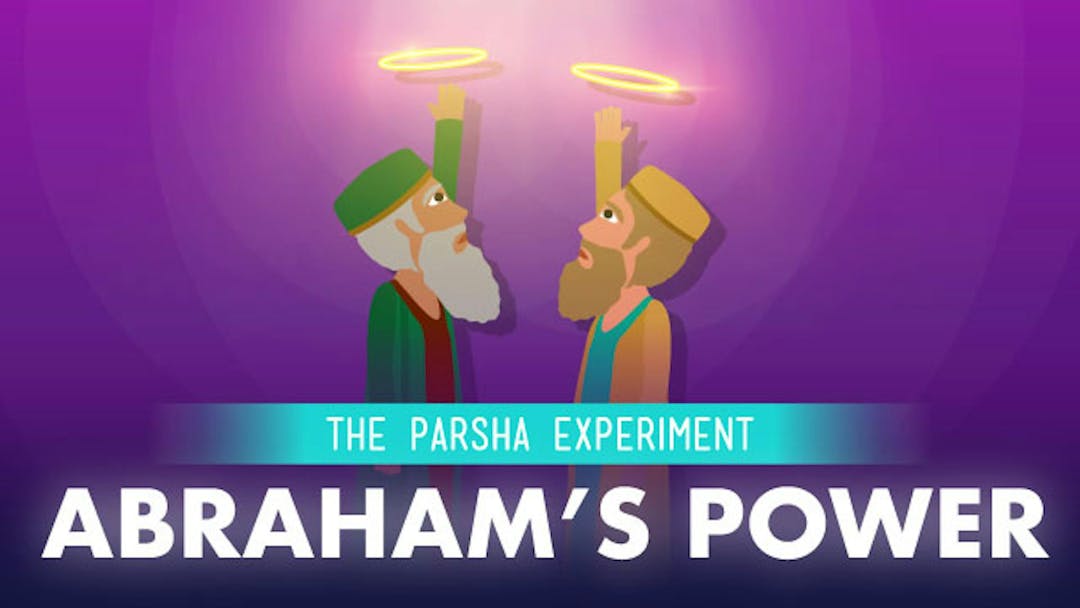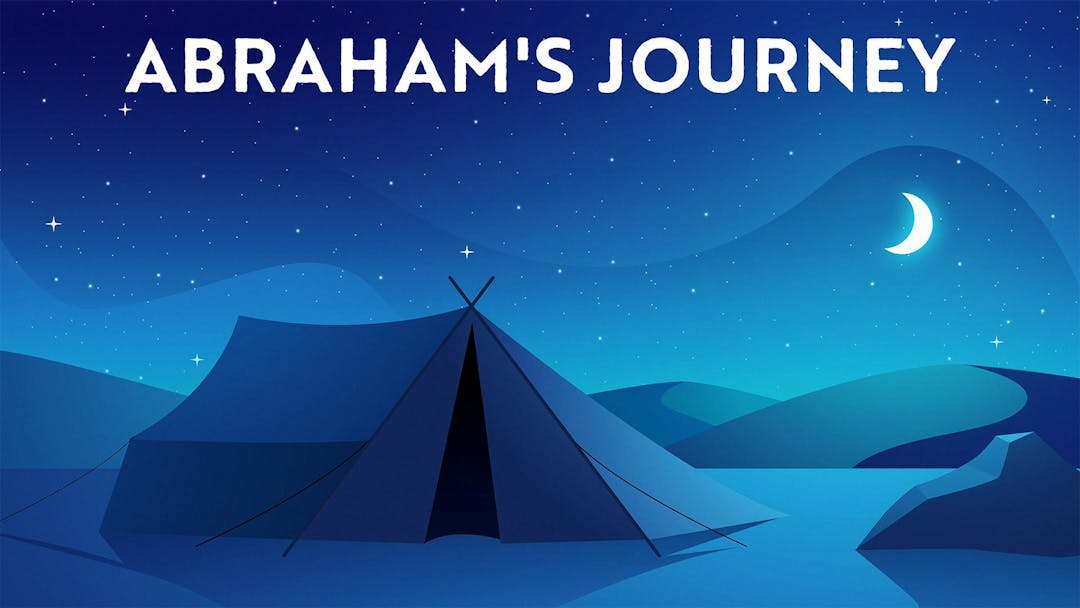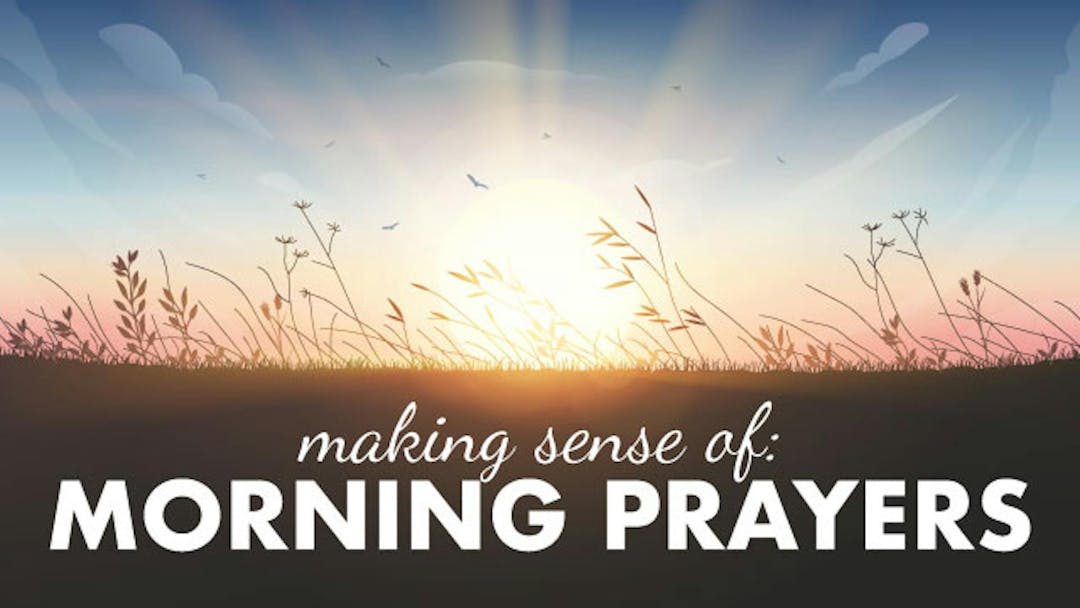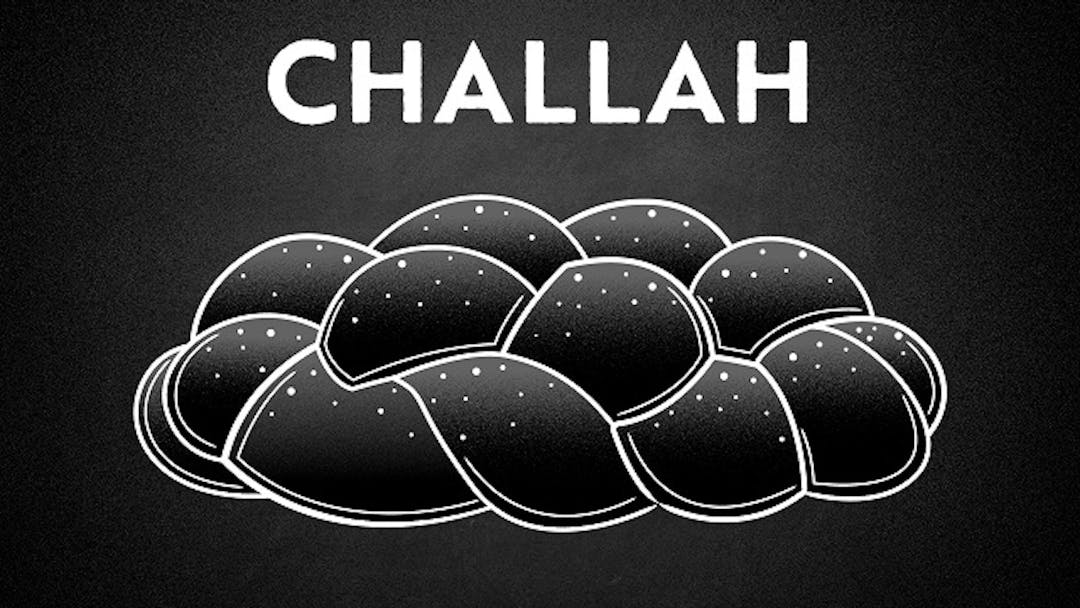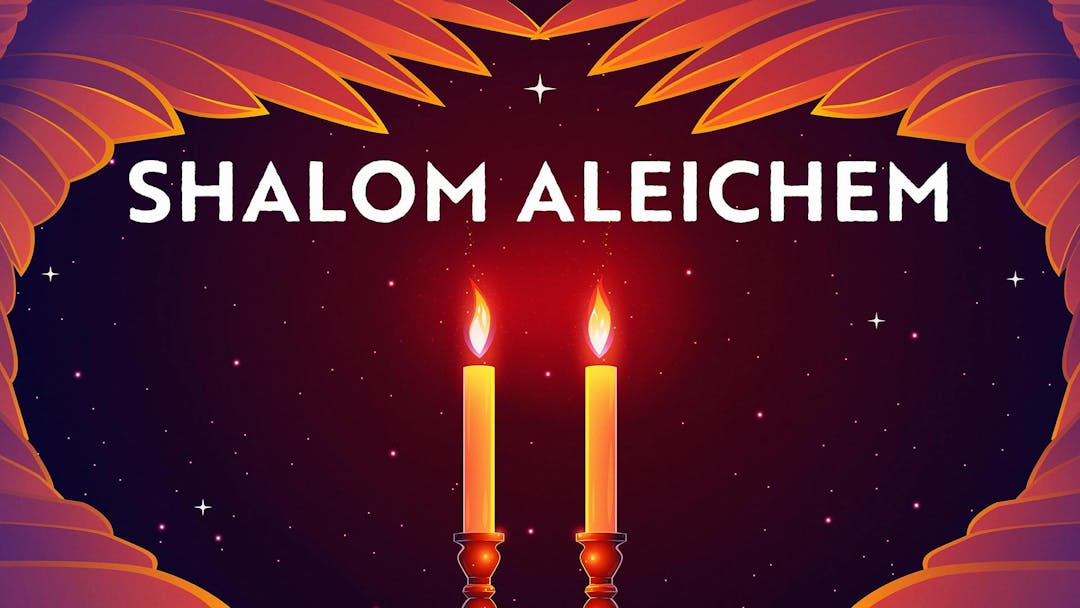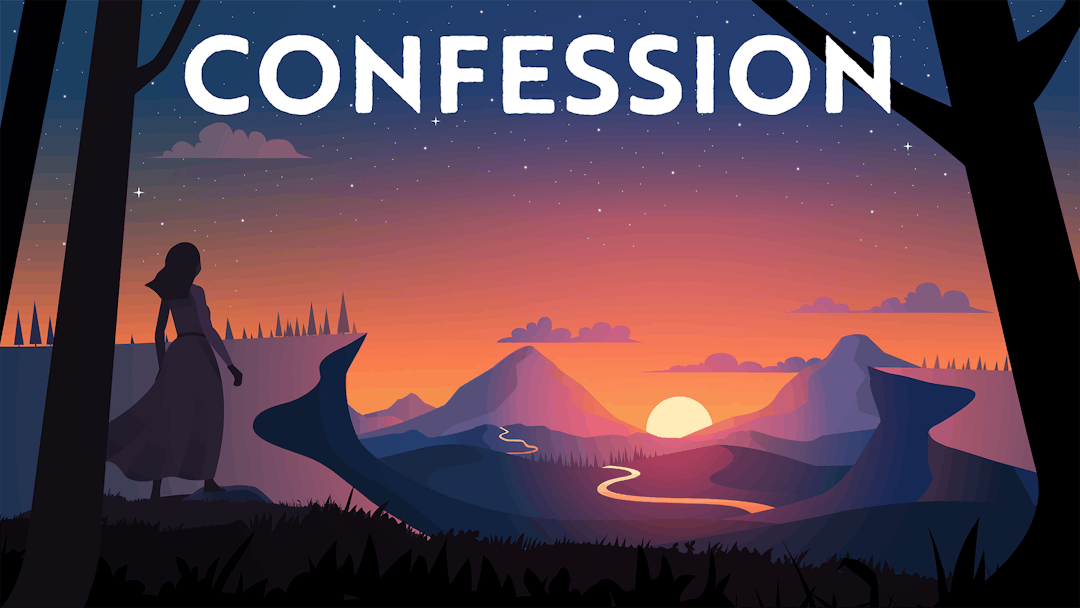Start your free trial today to unlock the full library and enjoy unlimited and uninterrupted access.
Get StartedSodom, City Of… Justice?
What Was The Real Sin Of Sodom And Gomorrah?
In Parshat Vayeira, Abraham’s nephew Lot is rescued by angels from the sinful city of Sodom, and after he and most of his family escape, the city is destroyed by heavenly fire. These seem to be the main plot points of the narrative. And yet, upon closer inspection, there actually seems to be a larger story being told, one that might make us question what we know about the real sin of Sodom. Woven into the account of the destruction of Sodom are a host of subtle references to a different story in the Bible – to, of all things, the Garden of Eden.
What do these two stories have to do with each other? Is there some common theme or lesson that runs through them both? In this video, Rabbi Fohrman explores the links between the stories, and suggests that Sodom might not have been the lawless place we usually imagine. Instead, it had a different problem – and understanding it holds the secret to how one can truly follow the path of God in building an ideal society.
Want to watch the full video for free?
Enter your email and we’ll send you a link to watch the full series free.
What is Aleph Beta?
Aleph Beta is a unique kind of Torah library. Led by our founder, Rabbi David Fohrman, we are dedicated to high-level, textual Torah learning for adults that is intellectually and spiritually sophisticated, that enlivens your Jewish practice and helps you forge a deeper connection to God. Whether you’ve been learning in yeshiva for years or you’re just beginning your Torah journey, you’re sure to find something meaningful and surprising waiting for you here.
Browse our library of over 1,000 beautifully produced animated videos, podcasts, deep dive courses, and printable guides. Topics include the weekly parsha, Jewish holidays & fast days, laws & mitzvot, prayers, relationships, big philosophical ideas and more. Have something to say at the Shabbos table that will amaze your family and guests and bring deep meaning into their lives.
